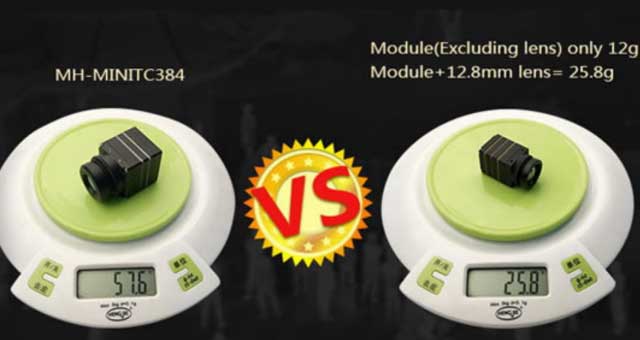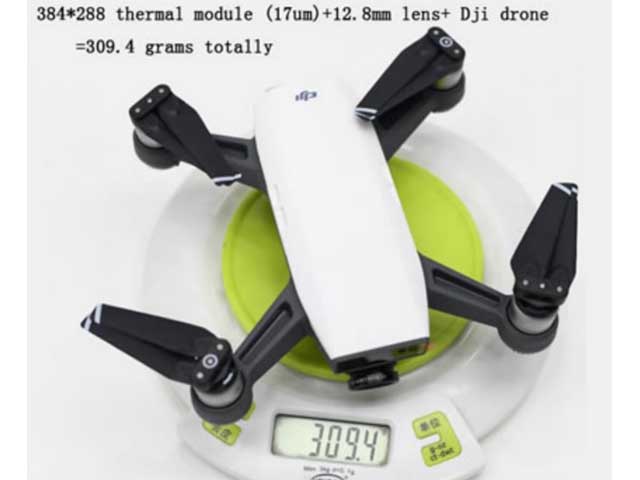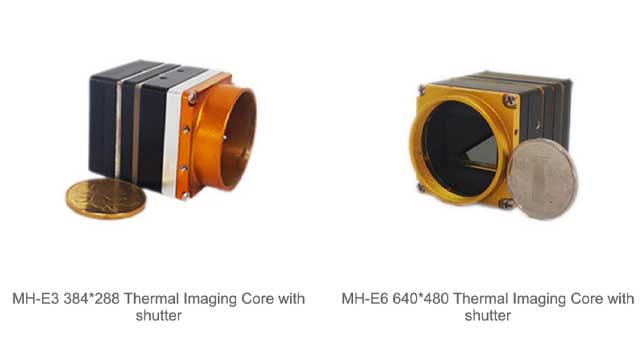
Engineer Manager Name: Jacky
Email: mh_elec@126.com or jacky@mh-elec.com
From search and rescue and firefighting response support, to industrial inspection and more, FLIR sensor payloads for unmanned aerial systems will help you save precious lives, dollars, and time.
By designing thermal imaging systems for drones, the technology has become more affordable and easier to integrate with other devices. The leveraging of drone technology in this has been a true game-changer, allowing anyone to grab thermal images from above and see the world in a new light.
Whether for public safety in a natural disaster, industrial inspection, or pipeline monitoring, thermal drone packages have proven to be indispensable.
Every mission profile. Any budget. We have a solution that will work for you.
When one thinks of thermal, one of the first brands that come to mind is MH Tech, which has been the gold standard in thermal imaging for years. The participation of MH in any aerial thermal imaging drone solution signals a level of quality and dependability that many thermal drone operators prefer over a thermal drone solution from another manufacturer such as DJI.


THERMAL DRONES AND CAMERAS (INFRARED)

MH’ thermal drone lineup consists of the best drone thermal imaging technology to meet different price points and use cases. Our selection includes a lineup to provide our UAS users with the absolute best in infrared thermal imaging solutions, weather resistance, flight time, and overall capability.
Thermal imaging camera technology: Payloads to consider
Choosing a thermal imaging payload for a drone is a matter of matching the equipment's capabilities with an organization's use case. There are a few different factors that determine how a camera system will perform in the field, as well as how much you can expect to pay. These include:
Field of view (FOV): This is a measurement of how large an observable image the camera can take in.
Weather resistance: Measured in ingress protection (IP), this determines an electrical enclosure's resistance to the elements — including moisture from rain and fog.
Spectral band: The spectral band is the electromagnetic range detectable by the camera's IR sensor.
Thermal sensitivity: This metric denotes the degree to which a sensor can measure differences in relative temperature, and is also called noise equivalent differential temperature (NEDT).
Image resolution: Rather than how big an area the camera captures, this reflects how many pixels go into the digital image generated, which in turn determines level of detail.

Mavic 2 Enterprise Advanced: 640x512 sensor (left) vs. Mavic 2 Enterprise Dual: 160x120 sensor (right)
Security and surveillance – Thermal camera embedded on drone
Thermal imaging is essential nowadays as it is being adopted in a growing number of applications of security and surveillance.
Specifically Designed for Drones
Increase flight time with a lighter and smaller payload
High performance, easy to integrate, and reliable
Designed and manufactured by MH Tech


Engineer Manager Name: Jacky
Email: mh_elec@126.com or jacky@mh-elec.com
